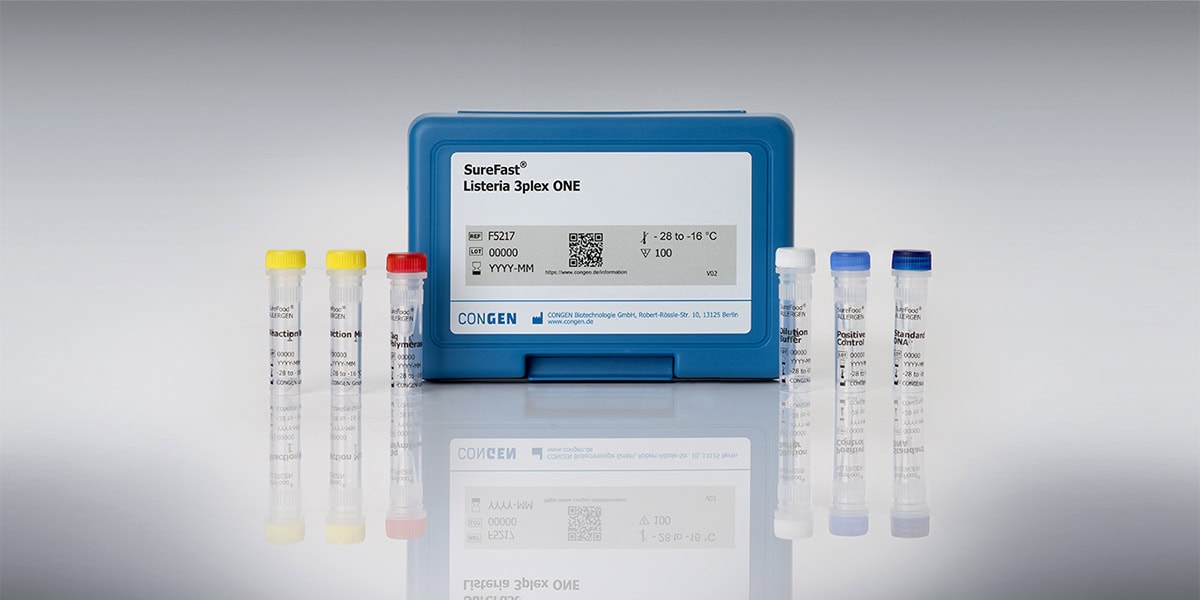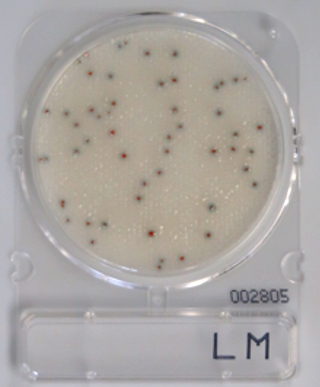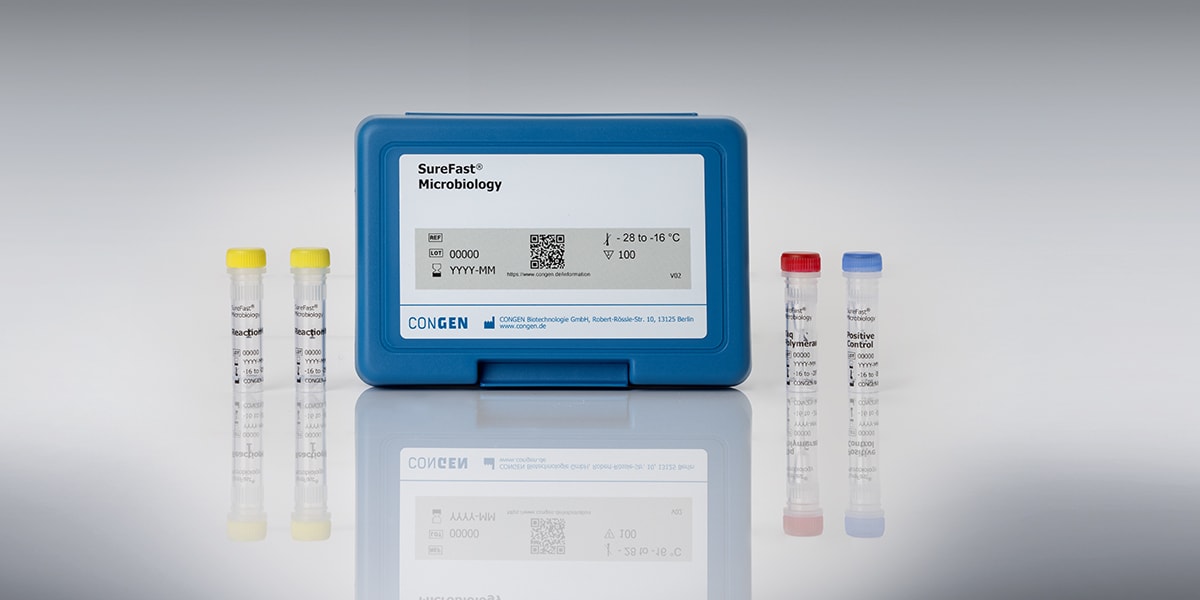
Recent news in Food & Feed Analysis
- Home
- /
- Listeria: How dangerous is...
Listeria: How dangerous is it really?

Listeria is a hot topic these days – not only in Germany. The risk posed by these pathogenic bacteria is often underestimated.
After two deaths from listeriosis in Germany, the source of the infection is found: An investigation by the Robert Koch Institute has shown a “direct connection“ between the deaths and Listeria found in sausage. The concerned business has now been closed and the products have been recalled. How the bacteria got into the sausage is still unclear; reports on hygiene deficiencies have not yet been confirmed by authorities. Meanwhile, several deaths from Listeria infection have also been reported in the Netherlands. According to the findings, a total of three persons died from listeriosis over the last two years. In these cases, too, contaminated meat products might have played a role, as a DNA comparison of the found Listeria strains suggests. There is much evidence to suggest that insufficient cleaning of the instruments resulted in Listeria surviving in the production lines over a long period.
Listeria are widespread
Apart from Germany and the Netherlands, listeriosis outbreaks are currently being observed also in Spain, France, Great Britain, Lithuania, South Africa, Canada and the United States. A connection between the cases is however unlikely. Bacteria of the genus Listeria are ubiquitous in the environment and are among the main causes of food poisoning worldwide. Over the past years, the European Rapid Alert System for Food and Feed (RASFF) regularly published notifications concerning Listeria contamination:[vc_line_chart x_values=”2012; 2013; 2014; 2015; 2016; 2017; 2018; 2019″ values=”%5B%7B%22title%22%3A%22RASFF%20notifications%20on%20Listeria%22%2C%22y_values%22%3A%2278%3B%2077%3B%20105%3B%20107%3B%2094%3B%2098%3B%20126%3B%20112%22%2C%22color%22%3A%22orange%22%7D%5D”]However, severe cases of listeriosis are rare. For healthy people, the infection is usually harmless and causes no symptoms. Nevertheless, in infants, pregnant women, elderly people and immunocompromised persons, the infection can take a severe course. Mortality rates are much higher compared to Salmonella infections, for instance. Moreover, the infectious dose is relatively low; 1000 cells are sufficient to trigger an infection. Symptoms of listeriosis may not occur until several weeks later. This makes it difficult to trace the source of a contamination and to recall the foodstuffs concerned.
New listeriosis agent identified
Identifying the source of the contamination is important to prevent further cases of listeriosis. Molecular biological analyses allow distinguishing different Listeria strains. In this way, researchers recently discovered a completely new and highly virulent strain of Listeria monocytogenes. The strain isolated in China has characteristics of several highly pathogenic Listeria strains, as the scientists under the direction of the Institute for Medical Microbiology of the University of Giessen, Germany, found out. The threat to food safety posed by Listeria could therefore even increase in the future.



